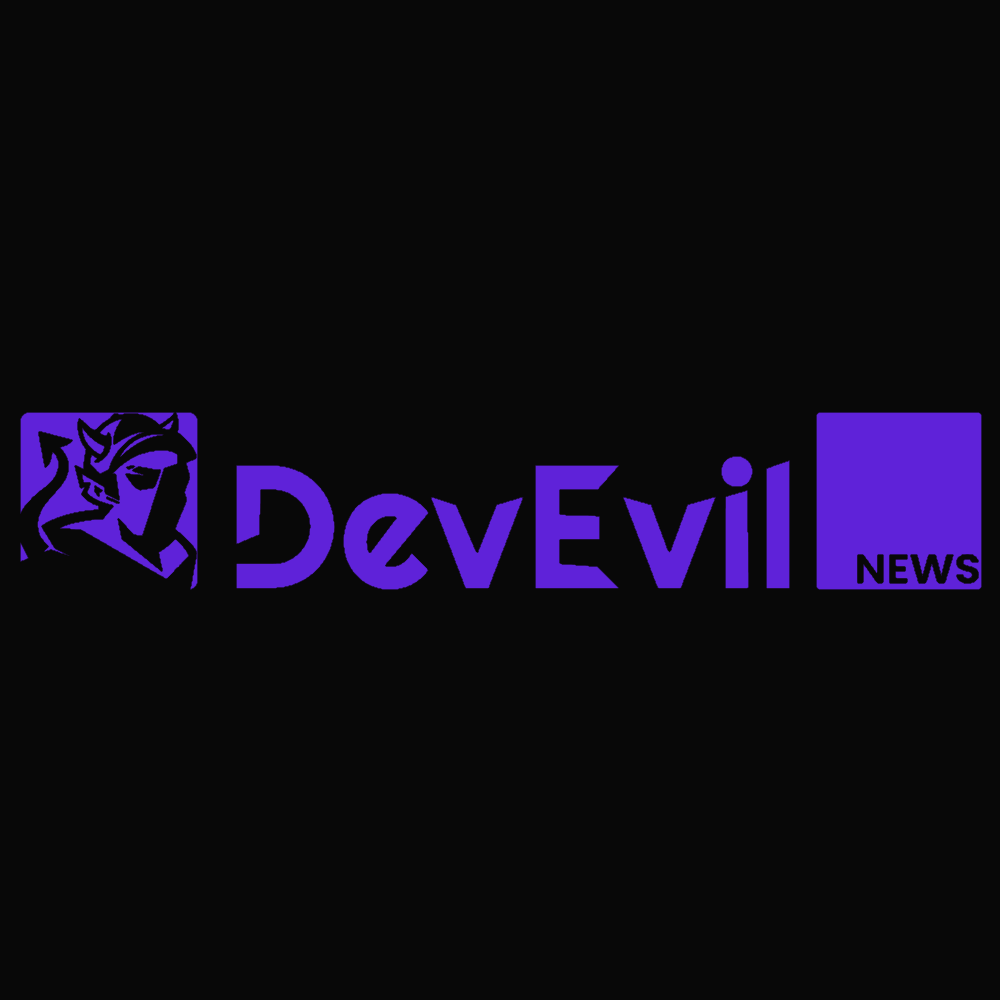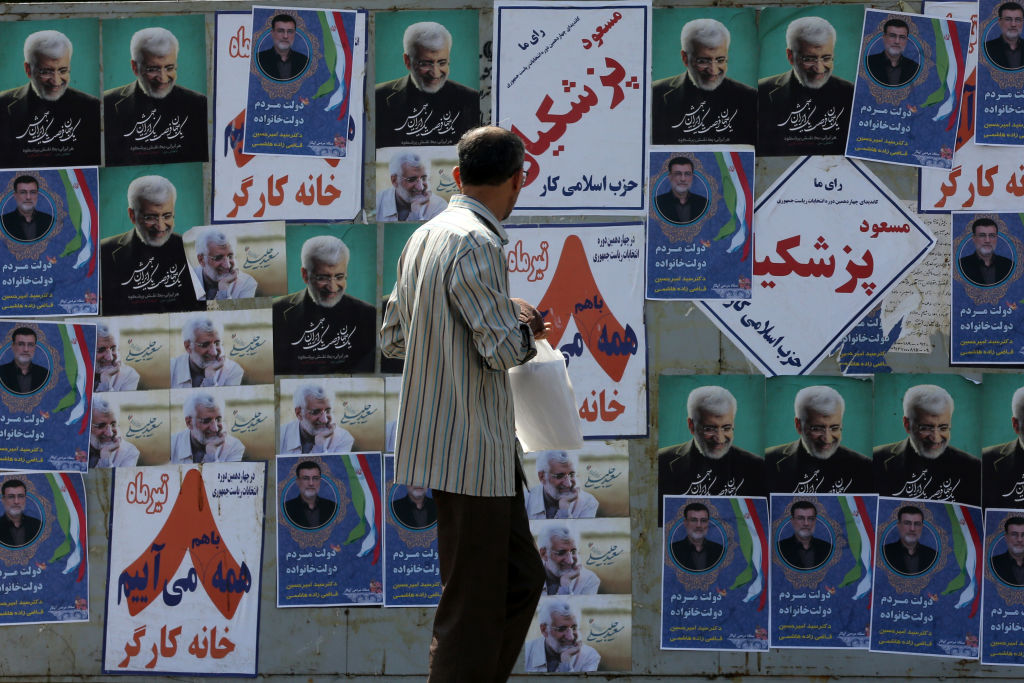Microsoft said no to a Halo and Doom crossover in Secret Level that would’ve brought Master Chief and the Doom Slayer together in the most epic way imaginable. Their rejection, while disappointing, is par for the course with a publisher that struggles to manage its IP.
While Secret Level, by our account, was a mixed bag throughout Season 1, some episodes nonetheless did a tremendous job of celebrating the game’s in which they were focused on.
From Sifu to Spelunky, Warhammer to Exodus, many of the short animations did a wonderful job of capturing the vibe and rekindling passion for a particular title. We now know for certain Season 2 is in the works, so there’s room for more beloved series to get the spotlight and satisfy fans of different franchises.
However, Season 1 could’ve been that much more exciting out of the gate had Microsoft agreed to one big idea. Secret Level creator Tim Miller and Producer Dave Wilson revealed they pitched the publishing giant on a Halo and Doom crossover episode. It was bluntly rejected.
Microsoft said no to Halo & Doom crossover in Secret Level
While PlayStation’s ‘crossover’ episode of sorts was little more than a shoddy marketing beat, needlessly dropping Kratos alongside some Helldivers, the plan for an Xbox crossover was much bolder.
Wilson outlined his plans in conversation with Collider. Being friendly with Hugo Martin, Creative Director at id Software, as well some “folks at Microsoft,” he pitched the idea of “something that isn’t currently available in the games.”
“We wanted to make a Master Chief / Doom Slayer crossover episode, and I spent a whole weekend crafting this impassioned letter of my childhood. They were like, ‘Nah.’”
 Paramount
ParamountInstead of an epic animated sequence, we got this celebration of Halo instead.
The idea would have seen two of Microsoft’s biggest icons standing shoulder to shoulder in a way we might never experience in the gaming medium. Though at the time of the pitch, Microsoft allegedly had its priorities elsewhere.
“There were some IPs that we approached that were having a real big moment at that time and Hollywood had come calling,” Wilson explained. At the time of their pitch, it’s likely the Halo show was finally getting off the ground with Paramount, urging Microsoft to decline this other avenue.
“I get a little chafed when I read online, and [viewers are] like, ‘Hold on, these assholes took Spelunky when they could have taken Halo?’ I’m like, ‘Man, you think that we didn’t talk to Halo or something?’”
Microsoft can’t get out of its own way
While obviously disappointing as the idea of Doom Guy and Master Chief slaughtering demonic aliens together sounds delightful, Microsoft turning it down is entirely in line with the company’s messy strategies of late.
Since the groundbreaking $68.7 billion acquisition of Activision Blizzard King, the publisher has struggled to engender much of any positivity for the Xbox brand due to its flimsy decision-making.
Look no further than the Call of Duty franchise, one of the biggest components of the acquisition. Despite paying the big bucks to acquire this money-printing franchise, Microsoft was unclear of its vision. Should it be on Game Pass at all? What happens with Black Ops 6, is that available on Game Pass at launch?
Fans were questioning for months and at every turn it seemed Xbox heads had a different answer until the last moment. The same can be said for a great deal of Xbox’s recent decisions.
Indiana Jones and the Great Circle being another example, where, even prior to its release on Xbox hardware, fans were made aware of its arrival on PS5 down the line. The likes of Hi-Fi Rush, an exclusive at the time, along with Pentiment and Sea of Thieves already playable on PlayStation, with reports often brewing that others like Forza and Starfield are just around the corner.
 YouTube: Gamescom Opening Night Live
YouTube: Gamescom Opening Night LiveEven Microsoft’s biggest ‘exclusive’ of the year couldn’t enjoy its moment in the sun.
It’s clear those steering the ship aren’t plotting the best course, as though they’re wading through choppy waters and reacting on the fly. This Secret Level rejection is just another example of the company not being aligned in decisions that strengthen its position in the market and reaffirm fan engagement.

 By Dexerto | Created at 2025-01-03 07:36:51 | Updated at 2025-01-08 08:48:34
5 days ago
By Dexerto | Created at 2025-01-03 07:36:51 | Updated at 2025-01-08 08:48:34
5 days ago
/cdn.vox-cdn.com/uploads/chorus_asset/file/25821992/videoframe_720397.png)
/cdn.vox-cdn.com/uploads/chorus_asset/file/25040001/rogallyxboxapp_twarren.jpg)

/cdn.vox-cdn.com/uploads/chorus_asset/file/25431704/STK201_SAM_ALTMAN_CVIRGINIA_C.jpg)




